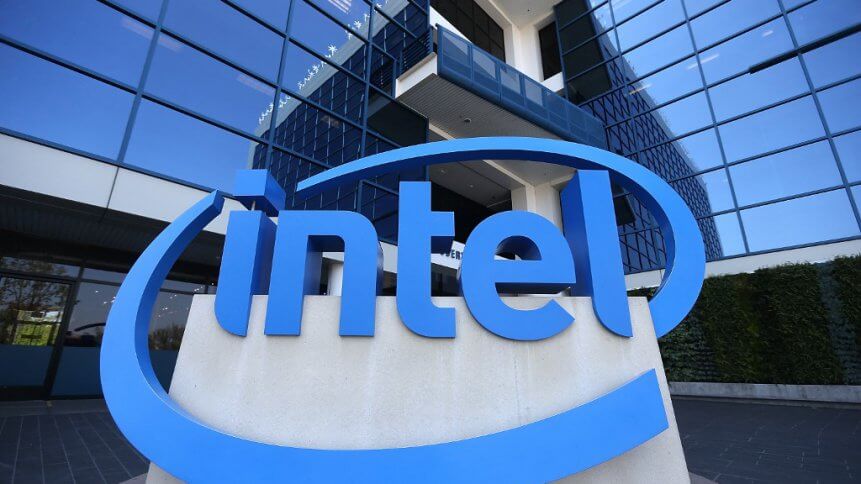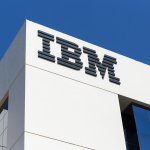Intel and AMD reign supreme in record 2021 server market

- Intel’s Ice Lake and AMD’s Milan CPUs are expected to see widespread adoption in the server market in Q3 2021
- AMD is expected to reach a 15% share in the server market next year
- While ARM architecture is slowly gaining popularity, ARM chips are mostly built-to-order due to the relatively small scale of client demand
The start of 2021 has been absolutely massive for Advanced Micro Devices, Inc (AMD) and Intel Corporation. Between January and March alone, the largest yearly increase in shipments of CPUs in a quarter of a century was recorded, second only to the final moments of 2020 in terms of raw volume. Market watchers reckon both Intel and AMD will potentially record an exceptional year and a half in the server market.
A report from market researchers Trendforce noted that Intel’s Ice Lake and AMD’s Milan CPUs are expected to begin seeing widespread adoption in the server market in Q3 2021. The report shows Ice Lake as a “step-up in computing performance” compared to previous generations, mostly due to its high scalability and support for more memory channels.
This, combined with the post-pandemic recovery, drives Trendforce to the conclusion that Ice Lake’s market share could exceed 30% by the fourth quarter of 2021. On top of that, both Intel and AMD have new server platform entrants lined up. Intel’s Eagle Stream volume ramp is scheduled for the second quarter of 2022, while AMD’s equivalent — Genoa — is expected to enter mass production “on a similar schedule”, the report stated.
On the other hand, Arm Ltd. with its built-to-order system-on-chips, can expect just a 3% market share, with Trendforce not expecting it to be a serious contender to Intel and AMD before 2023. “Processors based on the ARM architecture began seeing increased market penetration this year, with AWS’ self-designed Graviton chips enjoying the greatest market share.”
Mercury Research found that AMD scored its highest single-quarter market share increase in the server market since 2006, at a growth of 1.8 percentage points, bringing the company to 8.9% — leading to record revenue as it steals more sockets from Intel. Those share gains are isolated, though, as AMD lost share in the notebook segment and overall market share while remaining flat in desktop PC chips.
Also, the first three months of the year saw Intel and AMD set records for the number of units shipped and revenue during the quarter for mobile chips.
The rise in demand
Since AMD transitioned most of its server offerings to 7nm processors and 7nm+ nodes, Trendforce said it is paying off. “Some” of its clients gradually accepted the new products, but with ARM- and RISC-based processors currently being built to order, Trendforce doesn’t expect ARM CPUs to become highly competitive with x86 CPUs in the server market for another year and a half.
Even AMD’s server processors manufactured at the 14nm node and below have the competitive advantage in terms of price-to-performance, core count, and interface support. “Furthermore, after progressing to the 7nm node, these processors have been seeing gradually increased adoption by various public cloud service providers, including Google Cloud Platform, Microsoft Azure, and Tencent, throughout 2021,” the report added.
For context, AMD CPUs have currently surpassed a 10% penetration rate in these three CSPs’ servers. Going forward, Trendforce said AMD will begin inputting 5nm node wafers at the end of 2021 in order to further optimize its processors’ cost, power consumption, and performance. TrendForce, therefore, expects AMD CPUs to reach a 15% share in the global server market by 2022.
Besides that, the emergence of applications related to artificial intelligence (AI) and Big Data, will see the build-out of data centers continue to grow. “Furthermore, the demand for larger cloud storage capacity has massively expanded as a result of enterprises’ increasingly rapid digital transformation efforts in the post-pandemic world,” Trendforce said.
At the same time, the increase in CPU core count has led to raising computing performance via memory optimization to become an important issue, the report indicated. Trendforce said Eagle Stream can resolve this bottleneck, by extending support to PCIe G5 for the SSD interface technology.
“Compared with its predecessor, PCIe G5 offers twice the data transfer rate. Therefore, hyperscalers are eager to adopt SSDs based on this standard. As for DRAM, both Eagle Stream and Genoa extend support to the next-generation DDR5 server DRAM, which delivers a faster data transfer rate, making these new server CPUs superior to Ice Lake in all respects.”
The research firm pointed out that NAND Flash and DRAM suppliers have made plans to commence mass production of PCIe G5 SSDs and DDR5 RDIMMs by end Q2 2022, in anticipation of demand generated by the release of the Eagle Stream and Genoa platforms for these next-gen products.










